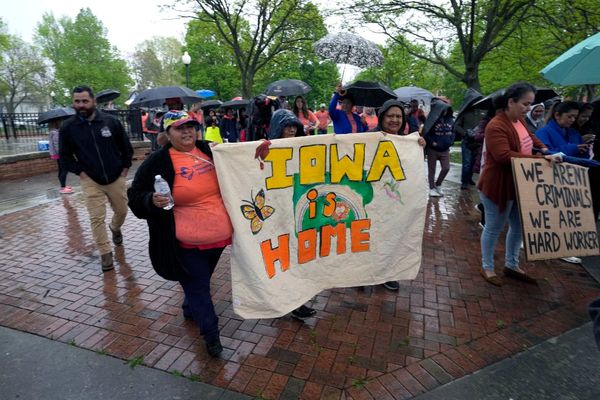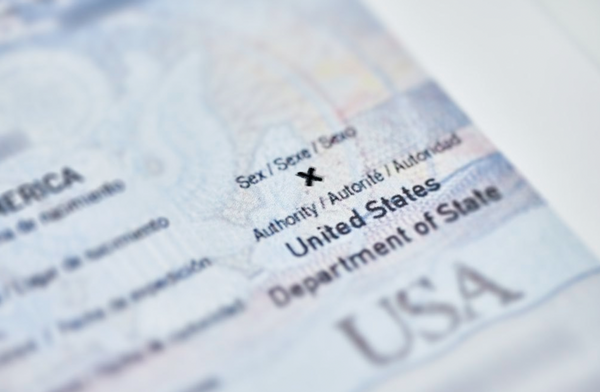
The data is in: the risk of developing blood clots following the AstraZeneca vaccine was overhyped.
Two new UK-based studies released this morning found that the increased risk of rare blood clots associated with the vaccine affected just 0.9–3 in 1 million people, while blood clots in the brain affected one in 4 million people.
According to the Therapeutic Goods Administration (TGA), across the 13.7 million doses of the vaccine administered in Australia, there were 172 cases of thrombosis with thrombocytopenia syndrome (TTS), with 88 of these cases confirmed to be linked to the vaccine.
But experts say these figures don’t show the whole story and that more interpretation is needed.
Is this surprising?
The UK studies looked at the health records of 46 million adults in England, 21 million of whom were vaccinated with AstraZeneca, finding a very small increase in the rate of thrombosis following the jab.
For brain blood clots, researchers analysed 11 million UK-based adults and found there was double the risk of developing a rare brain clot after getting the vaccine.
So, are these decreased rates of rare incidents surprising? In short, no. While the risk of developing blood clots appears higher in TGA figures, the rate of developing TTS dropped as certain age groups were excluded or discouraged from getting the vaccine. Fatality rates also dropped as people became aware of the early warning signs and could seek treatment for TTS.
As infectious diseases and vaccine expert Professor Robert Booy tells Crikey: “You can quote all sorts of figures, it’s so heterogeneous. What we need to understand is which group was at highest risk and what was their absolute risk.”
“I think the studies probably underestimated risk because surveillance is not perfect in such a large number of people.”
Most people experience an adverse reaction to the first AstraZeneca jab, and those people are at a higher risk of developing another adverse reaction to the second jab.
“We responded very, very quickly to the problem. We adjusted our strategies so that we reduced the risk of those things happening,” Booy said.
Professor David Tscharke, head of the department of immunology and infectious diseases at the Australian National University, similarly said the decreased global figures weren’t surprising.
“It’s a really great example of how we actually do vaccine safety in real time,” he said.
Were the risks overplayed?
Mixed messaging around who was eligible for the AstraZeneca vaccine slowed uptake during the initial stages of the rollout. Prime Minister Scott Morrison pressured the Australian Technical Advisory Group on Immunisation (ATAGI) in July 2021 to change its advice to get younger people to wait for an mRNA vaccine while there were differing opinions from experts about who should get the jab.
In July, the then-Queensland chief health officer Jeannette Young was accused of “scaremongering” following comments saying she didn’t want anyone under 40 taking AstraZeneca and “dying from a clotting illness”.
Morrison also gave doctors indemnity for advising younger patients and administering AstraZeneca, meaning they couldn’t be sued if the patient experienced an adverse reaction.
“Communication was messy, that was clear,” Tscharke said. “The public was confused because they didn’t understand the role of the various official and unofficial voices and there were some very unfortunate messages.”
A key issue was that for everywhere but Victoria, the risk of catching COVID-19 was minimal due to low transmission. Tscharke said then, and now, that more needed to be done to highlight the dangers of COVID-19.
“This is a completely brand-new viral disease. We’re still finding out there are long-term risks associated with viruses that we’ve known for a long time,” he said.
“Whereas with vaccines, history tells us that long-term risks are very, very unlikely — the closest thing to zero that I would ever say as a scientist.”
Booy said pursuing the rollout of AstraZeneca last year was the right thing to do. “When there were no other [vaccinie] options, the cost-benefit ratio favoured AstraZeneca vaccine considerably,” he said.
“It’s all down to timing.”
Many young Australians approached the jab with this mentality too — despite ATAGI’s advice and mixed messaging, across July 2021 over 340,000 people under 40 came forward for the jab.







